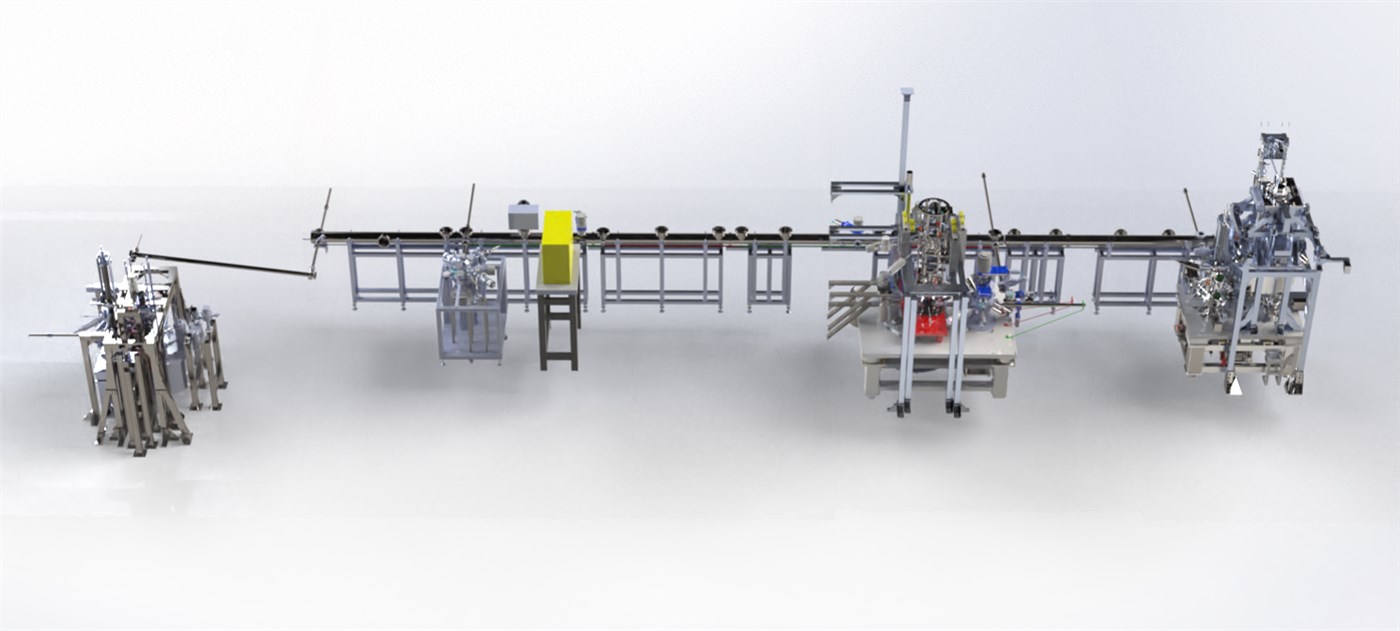"The spatiotemporal imaging system for electron spin and spin-polarized current" is a major scientific instrumentation project funded by the National Natural Science Foundation of China in 2014, and commenced in January 2015 with a total budget of RMB 55.83 million.
Electron spin is the fundamental origin of many fascinating phenomena in condensed matter and material physics. Understanding the correlation between electron spin and quantum material properties, and achieving efficient spin transport in spintronic devices, are crucial scientific issues in spin-related research. The biggest technological bottleneck in solving these key scientific problems is the characterization of spin. Due to the multiscale spatial features of electron spin effects ranging from the atomic to micrometer scales, and the ultrafast response in time, with differences between static (spin structure) and dynamic (spin wave) characteristics, especially in spintronic devices where spin is in a flowing state along with charge, characterization requires a breakthrough in principle. Achieving a complete characterization of the spin properties of quantum materials and spintronic devices is currently a challenge. This project proposes the development of a spatiotemporal imaging system for electron spin and spin-polarized current based on newly developed principles, combining tuning fork-based spin-resolved structure microscopy, femtosecond ultrafast spin-resolved microscopy, and spin-polarized current microscopy. This system will realize in-situ characterization of spin structure and spin dynamics of various quantum materials, as well as high spatial and temporal resolution of spin-polarized current at interfaces of spintronic devices. This system will also help achieve breakthroughs in new fields such as magnetically induced surface catalysis, spin-based quantum computing and nanophotonics.
